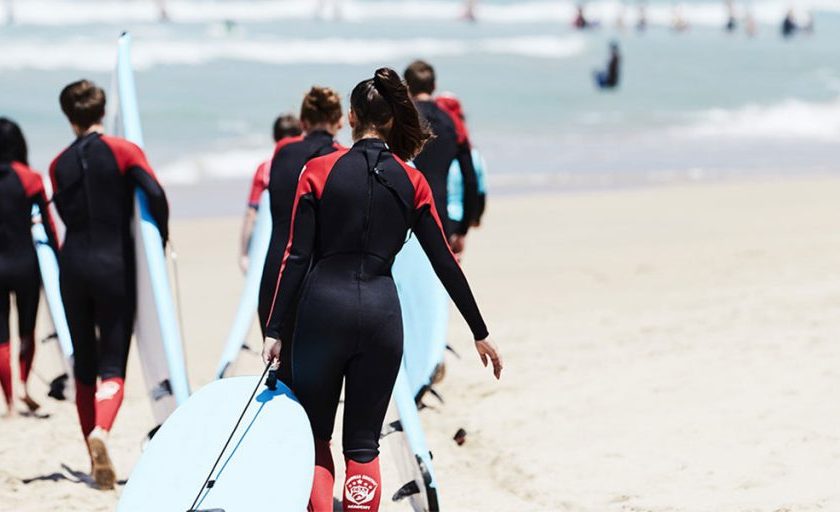How to Transport Surfboards Properly
Regardless of the size of your surfboard, knowing how to transport it properly is an important skill to have. Leaving your board on the ground or in a vehicle can cause dents, de-lamination, or other damage to it, so it’s important to have a surfboard rack or bag for storage. Before transporting your surfboard, be sure to clean it and dry it thoroughly. If you are doing short trips, having your surfboard tucked inside your car shouldn’t cause any long term damage, however, if you are thinking of a road trip, a surfing holiday or moving long distance, then you’ll need to come up with a better solution for transporting your surfboard.
Of course, if you have a station wagon or van, you can easily slide the surfboard onto the back seat. This way, it doesn’t obstruct your comfort while driving. If you’re having trouble finding room in your car, the next choice is to either get some soft racks or a proper roof rack system. Either way, it’s also a good idea to use a board bag to keep your surfboard clean and protected, away from road debris and dead insects.
Make sure that the vehicle you’re driving has an appropriate rack. Putting the surfboard on the rack on top of your car or Jeep is an inexpensive way to transport it, but you have to be sure to place the board correctly so that it doesn’t hang over the side of the car. It’s also important to place padding around the board’s nose and tail so that they are protected in the event of a collision. If your vehicle’s roof and crossbars are both soft, you’ll want to look for a rack that’s flexible enough to accommodate your surfboard. Once you’ve secured the rack, you can start attaching the straps. The straps are secured by hooks and loops. The straps should be long enough to stretch across your surfboard and around the roof rack. The straps should be tight but not too tight or they might damage your surfboard. Also, make sure that you lock your board in place after transporting it and take care to put padding between the board and the bars to keep them secure. This padding can be made of old wet suits, pool noodles, or duct tape.
If you are wanting to ship your surfboard long distance, you can outsource to any furniture mover across New Zealand, look up different Christchurch movers or freight, courier businesses in your relevant city to compare quotes and services. Before you sign the package for your surfboard, inspect it carefully. If you notice any damage after signing the delivery contract, you’ll have to pay for it. Using a shipping company that offers an insurance option, however, will give you the added comfort of knowing that you won’t be responsible for any damages caused to the surfboard during transit.
Regardless of which way you choose to transport your surfboard, it is important to make sure that you take the fins off before transporting it. This will help keep a crucial element of your board protected and avoid having to replace parts or being left with a half usable board. Moreover, you’ll be more likely to have fewer damages if you store your surfboard properly.



